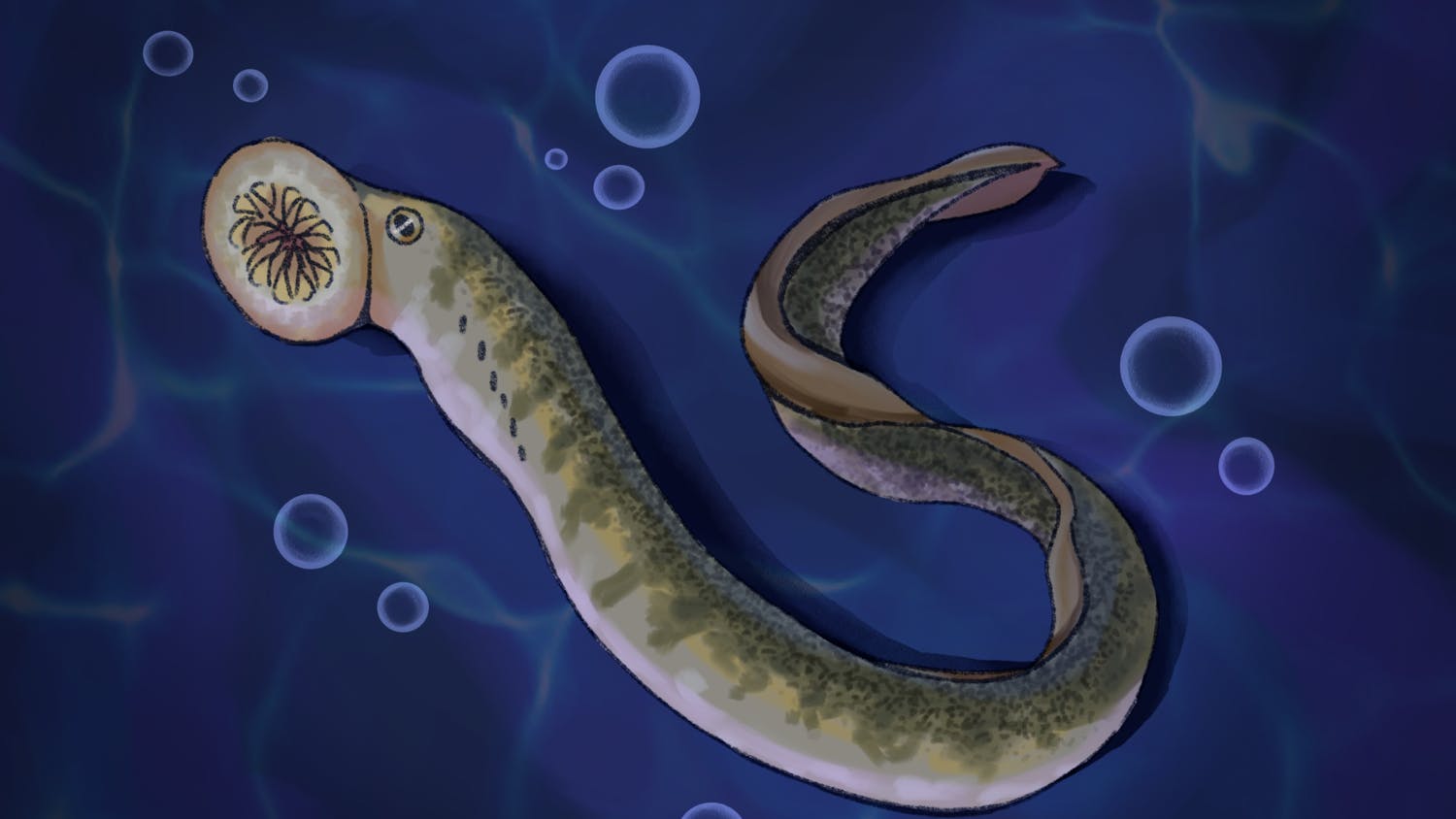In characteristic Wisconsin fashion, spring has sprung, and unsprung, and resprung, and then unsprung again and then re-resprung. Warmer weather is around the corner, and the snow has given way to not-so-gentle rain. The conditions are ideal…and now they are here.
Poke them… feel the slime. Gooey … wiggly … wrinkly … they're perhaps the loveliest spring ephemeral — sorry Dutchman’s Breeches! — wobbling on fallen branches and rotting logs. They are alien, ethereal and kinda gross. Jelly fungi!
Jellies are some of the earliest fungi to pop up in spring, fruiting long before the more well-known morels and chanterelles. What we see and often name as mushrooms are actually only the tip of the fungal iceberg; mushrooms and most of the other fungi we can see are the fruit bodies of unseen mycelia that permeate their substrate. While mushrooms are characteristically defined as having a stalk and cap, fungal fruit bodies can take on a variety of forms.
Jelly fungi are heterobasidiomycetes, meaning that their basidia (spore-producing organisms) have septa (dividing walls). This sets them apart from most of the fungal fruiting bodies commonly known as mushrooms, which are homobasidiomycetes (they have aseptate basidia).
There are many species of jelly fungi, each with their own unique color and delightful common name: apricot jelly, witches butter, cloud ear… the sky’s the limit. Hues range from orange, to yellow, to a bright blue. Jelly fungi are not a real phylogenetic clade — they do not all come from the same ancestral jelly fungus. Life as a jelly fungus seems to have evolved multiple times (makes sense — if given the opportunity, wouldn’t you become a jelly?).
They’re most prolific after spring rain, which gives them the water they need to power their wiggles. In all basidiomycetes (a group of fungi), the basidia bear spores on the surface of fungal fruit bodies, which in this case is the irregular contours of the jelly. When the jellies are struck by falling rain drops, spores splash off the surface. These spores then land on new substrate, ready to become more jellies.
Jelly fungi are saprophytes, meaning they grow on decaying organic matter — so if you’re jelly hunting, focus your searches on those mossy rotting logs. In a dry spell, the jellies will shrivel up, but given a bit of precipitation they’ll perk right up again. This allows them to persist through conditions that aren’t ideal for spore dispersal without having to reinvest in costly fruit bodies after each dry spell.
Many people, when faced with a jelly fungus for the first time, are a bit alarmed — it seems wholly alien and a bit scary. Fear not! Jelly fungi are perfectly safe (and fun) to touch, and many are even edible, though they tend not to be all that tasty when raw.
As we move further into spring, jellies will only increase in numbers. If you have a chance, head into the woods and see if you can find any. Your best chances are right after rain! Remember: never pass by a decaying log (there’s always good stuff in there), stay on trail and poke those jellies to your heart’s content. It’s impossible to resist the squish.






